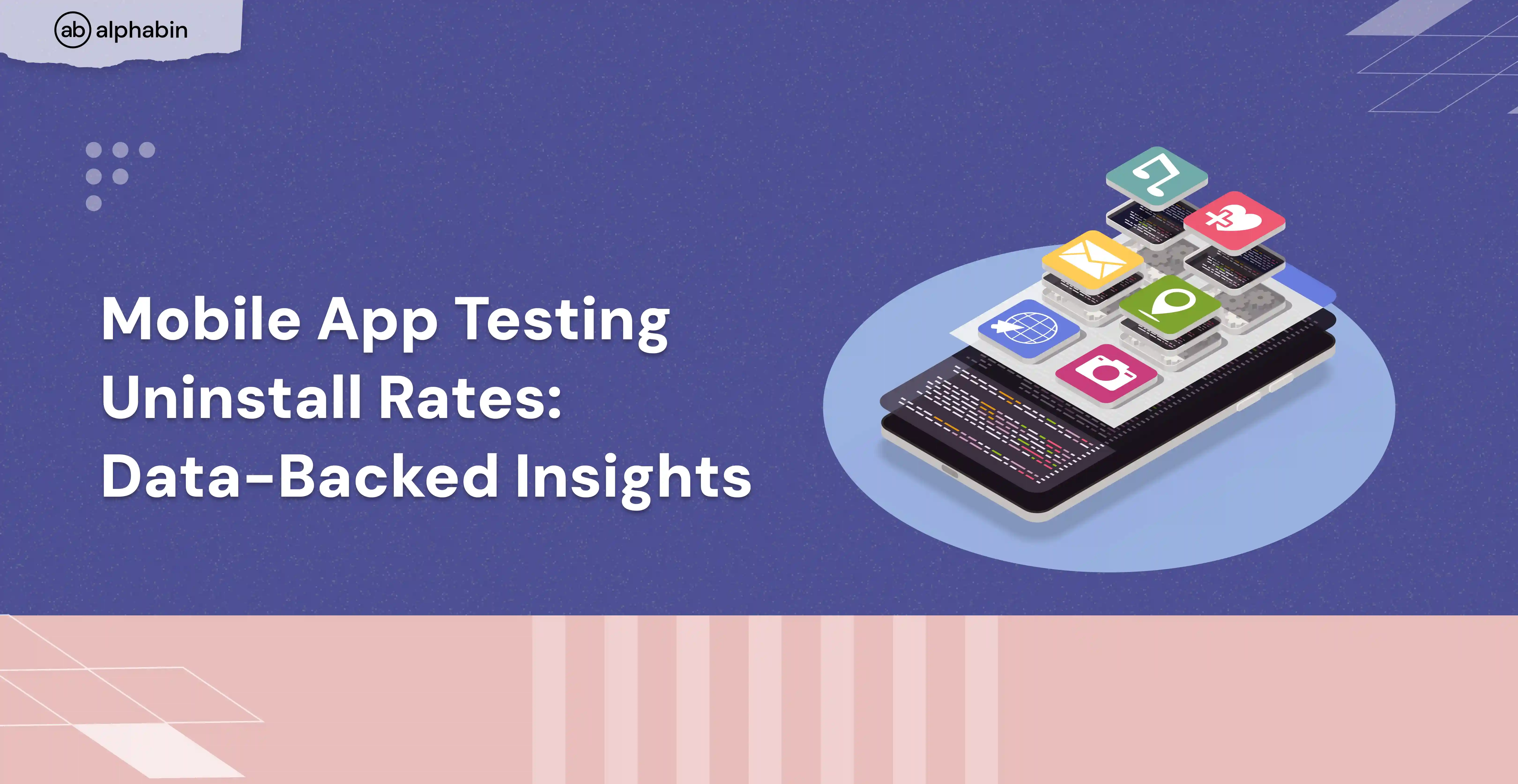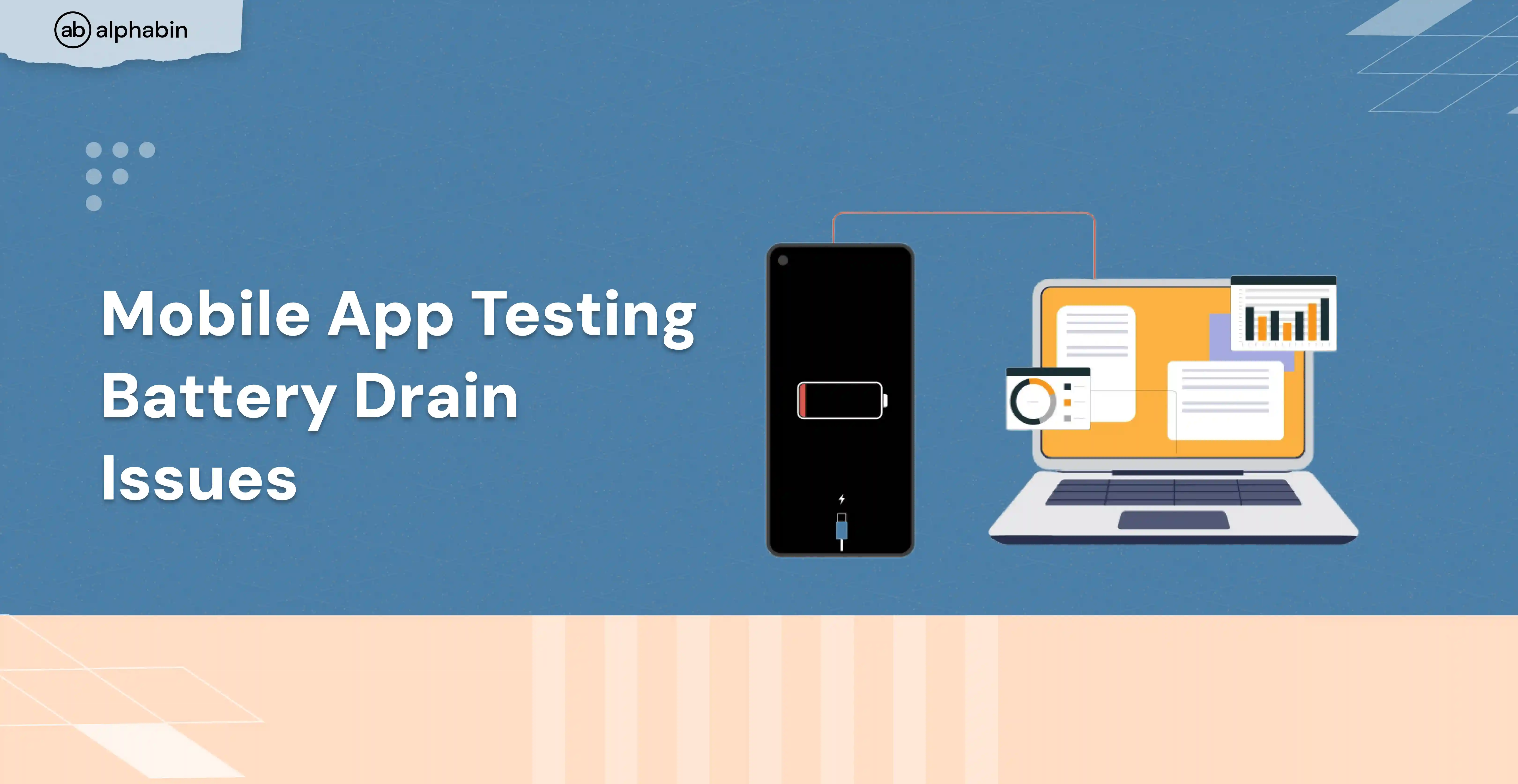Did you know that 60% of businesses that experience a data breach go out of business within six months? Protecting customer data isn't optional—it's a business requirement.
To handle sensitive customer data, your business must prove the use of stringent security measures that create trust with clients while fulfilling regulatory specifications. SOC 2 certification provides the solution in this situation. Businesses view SOC 2 as the ultimate standard which confirms they protect customer information according to industry-standard guidelines.
But how does one obtain a SOC 2 certificate? In the next section of this guide, we will walk you through this step-by-step process to ensure that your business qualifies and successfully passes an audit. Let's get started!
{{cta-image}}
What is SOC 2 Certification?
SOC 2 certification is an auditing standard developed by the American Institute of Certified Public Accountants (AICPA). It evaluates an organization’s security controls based on the Five Trust Service Criteria (TSC):

- Security (Mandatory): Protection against unauthorized access and threats.
- Availability: Ensuring systems are operational and reliable.
- Processing Integrity: Accuracy and consistency in data handling.
- Confidentiality: Safeguarding sensitive business and client information.
- Privacy: Making sure GDPR and CCPA are followed.
There are two SOC 2 certification types organizations can pick a Type I information that includes a single-time assessment or a Type II that will entail control evaluation over a period ranging from 3 to 12 months.
Why SOC 2 Certification is Important?
Obtaining SOC 2 certification leads to security improvements while building organizational trust and acquiring valuable market advantages. Investing in SOC 2 compliance will prove advantageous for your business.
Here are various benefits of SOC 2 certification:
- With data breaches rising, your business has little option but to build trust and credibility in the data. SOC 2 certification is a sort of good faith marker of trust to our clients that you know to respect the need for data protection.
- With the certification process, you will improve how you go about things internally. It makes you concentrate on the process of improving measures of security and using the best practices.
- SOC 2 compliance ensures that you stay ahead of compliance requirements. This will make your processes follow the industry standards.
- Clients prefer companies with SOC 2 certification, largely because many of these companies are regulated. It is a way to distinguish yourself when competitors are lined up.
- SOC 2 certification reduces risks by identifying vulnerabilities in your systems & processes to prevent them from becoming major security risks.
Difference between SOC 2 Type I and Type II
SOC 2 Type I and SOC 2 Type II provide similar audit assessments of controls for security and trust principles, with the fundamental difference being audit duration and extent. The table below shows the essential distinctions between SOC 2 Type I and SOC 2 Type II audits.
SOC 2 Certification Process: A Step-by-Step Guide
You need a SOC 2 certification to establish trust while protecting data security. The process has 3 steps to compliance.
Here are the steps:

Step 1: Define your SOC 2 Audit Scope
First, define your audit scope:
- Which Trust Service Criteria (TSC) match your business operations?
- Organizations must choose SOC 2 Type I point in time or SOC 2 Type II continuous compliance.
- Identify all system applications and services that will be in scope for the audit.
For SaaS providers and cybersecurity companies, the security, availability, and confidentiality criteria are most relevant.
Step 2: Readiness Assessment
The readiness assessment is to discover the security gaps before the formal audit. Key areas to evaluate:
- Do you have well-documented company policies and procedures?
- Do you have access controls (e.g., role-based access control, multi-factor authentication)?
- Does the data stored include sensitive data that is encrypted at rest?
- Who is the organization monitoring and how do they respond to security incidents?
- Are 3rd party vendors following security best practices?
These tools, Vanta, Drata, and Tugboat Logic, simplify SOC 2 assessment readiness and automate compliance record keeping.
Step 3: Implement Security Controls & Best Practices
Security is only as good as the professional cybersecurity services in the organization. Organizations need to harden their network when they do professional penetration tests and full risk assessments. Organizations should act ahead of threats to reduce risk and meet SOC 2 requirements.
Identity and Access Management
Implementing secure authentication and access management controls is key to SOC 2 compliance.
- Enforce Multi-Factor Authentication (MFA) for all critical systems.
- Implement Role-Based Access Control (RBAC) to restrict user access.
- Use Single Sign On (SSO) for centralized authentication.
Data Protection and Encryption
Organizations must have strong data security to prevent breaches.
- Encrypt sensitive data in transit (TLS 1.2/1.3) and at rest (AES-256).
- Have secure backup and disaster recovery plans.
- Have clear data retention and deletion policies.
Security Monitoring and Incident Response Continuous security monitoring and incident response are key to SOC 2 compliance.
- Use Security Information and Event Management (SIEM) tools to monitor threats.
- Keep detailed audit logs of security events.
- Develop a formal incident response plan with clear escalation procedures.
Vendor and Third-Party Risk Management
Assess the security compliance of third-party vendors to mitigate external risks:
- Evaluate cloud service providers (AWS, Azure, GCP).
- Require vendors to have SOC 2 or equivalent security certifications.
- Audit third-party security practices regularly.
By breaking down security controls into these focused areas, organizations can structure their SOC 2 compliance more easily and be more security-ready.
Step 4: Document SOC 2 Policies and Procedures
A key part of SOC 2 compliance is having well-documented security policies:
- Information Security Policy: Defines information security responsibilities and best practices.
- Access Control Policy: Outlines how users gain and revoke access to the system.
- Incident Response Plan: Details steps for handling security breaches.
- Data Protection Policy: Specification of encryption security, backup and classification rules.
- Policy for Change Management: governs how systems are updated and modified.
- Third-Party Risk Management Policy: Ensures vendor security compliance.
Step 5: Choose a SOC 2 Auditor
An independent AICPA-certified CPA firm has to do the audit for a business to get SOC 2 certified. When choosing an auditor, consider:
- Industry Experience: Choose an auditor with a background in your business industry (SaaS, cybersecurity, cloud service).
- Industry Reviews: They can tell you about the supplier, suppliers’ reputations, and average ratings.
- Cost and Timeline: Know the costs and timelines for each.
- Technical Expertise: Auditors must know cloud security and cloud DevOps environments.
Step 6: Undergo the SOC 2 Audit
A SOC 2 audit demands organizations prove that every security measure remains effective. Through pre-audit security testing, Alphabin helps organizations determine their preparedness and identify weaknesses in their security systems.
Experts produce simulated attacks to deliver useful security findings in response to their assessments. This method increases security postures such that the security audit experience is robust.
Case Study: Successful SOC 2 Audit Implementation
A mid-sized SaaS company that offers project management tools in the cloud wanted to get SOC 2 certification so that it could move into corporate markets. At first, they had trouble with the policies for controlling entry and the ways that logs were kept.
They were audited after a readiness review, and the necessary security measures, such as centralized logging and multi-factor authentication, were put in place.
With a structured approach to security and the right paperwork, they were able to get SOC 2 Type II approval in just six months. This compliance milestone helped them protect important business clients and improve their total security, showing that SOC 2 certification has real business benefits.
The auditor will:
- Review security documentation.
- Testing assesses access control functions as well as system configuration.
- The organization needs to perform penetration testing and vulnerability assessment checks.
- Evaluate employee security training initiatives along with their awareness programs.
Based on SOC 2 Type I, the audit assures that the designed security controls are in place at a given point in time. Under SOC 2 Type II, control effectiveness is tested by the auditor for six to twelve months.
Step 7: Obtain SOC 2 Certification and Maintain Compliance
Once the audit is complete:
- The auditor includes the effectiveness of security controls in the SOC 2 report.
- In its achievement, the organization is rewarded for SOC 2 compliance.
- SOC 2 certification can be placed on websites and provided to potential customers of related businesses.
- SOC 2 reports can be offered to enterprise clients as an additional service upon request.
To maintain SOC 2 compliance:
- Conduct annual SOC 2 audits.
- Continuously monitor security posture.
- Regularly update security policies and response plans.
{{cta-image-second}}
Conclusion
Organizations handling sensitive data need to be SOC 2 certified. It improves security posture, builds customer trust, and, as a result, represents a position of commitment to regulatory compliance. To achieve SOC 2, it has been documented with well-documented policies, strong security controls, and also proactive risk management.
SOC 2 compliance lies beyond certification and is a continuous effort. With regular audits, continuous monitoring, and periodic updates to the policy, security controls are always effective.
Organizations that follow the principles of SOC 2 guidelines stay ahead of the competition in building trust in their customers and business partners. By giving security the proper priority, businesses are achieving more than just compliance but creating a secure and robust infrastructure.
Are you ready to take the first step in achieving SOC 2 compliance? Schedule a consultation with a compliance expert or download our SOC 2 readiness checklist to ensure your organization meets all requirements.



.svg)











